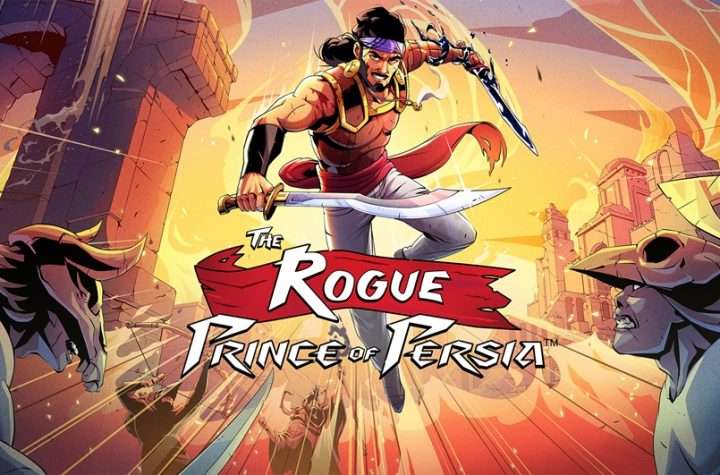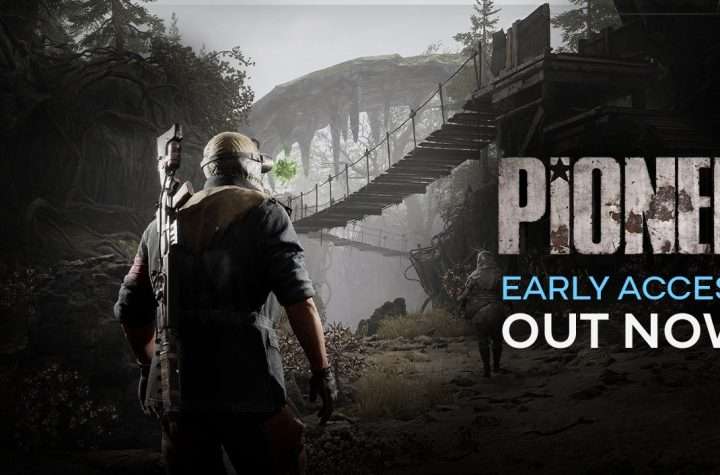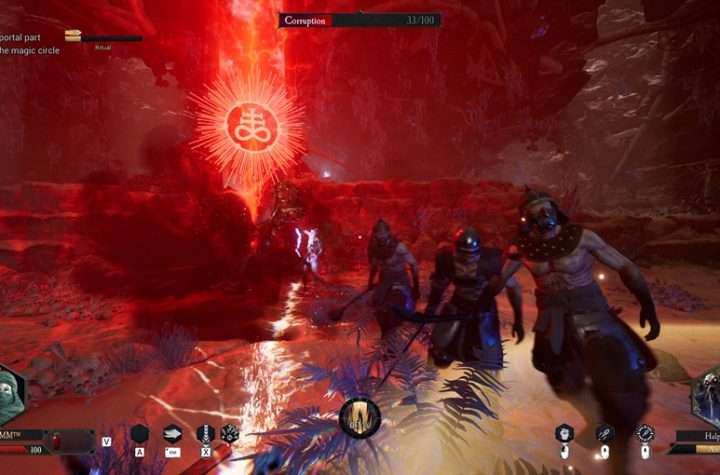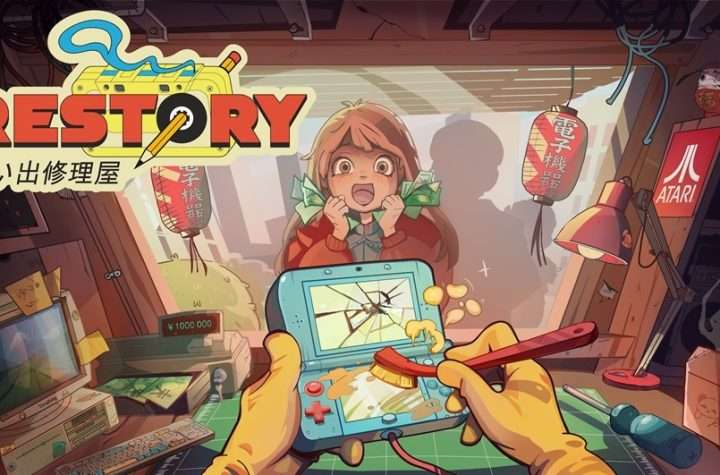
The Padre by developer Shotgun with Glitters and publisher Feardemic is an experience wrought with many horrors, but not many spooks. Peppered with frustrating puzzles and shoehorned horror references, there is much to fear about The Padre besides investigating through its gothic, haunted house narrative.
As a fan of nostalgic gaming, voxel art experiments, and of horror media at large, The Padre should have filled my niche. However, my expectations were lowered from start to finish–beginning with the clumsy character control and UI, to the diminishing freshness of puzzles and investigations, all the way to losing interest in the overarching narrative.
Although it became hard to buy into any of The Padre’s strong points, credit should be given when due. The intuition of investigation works, clues and savepoints are decently paced, the artwork and voice acting are captivating, there is a ‘sometimes’ humorous self-awareness, and the player is rewarded for critically thinking through the narrative.
Only it takes rose-tinted glasses to see The Padre for anything more than a game with mediocre narrative-progressing puzzles and a startling lack of polish for basic user experience. Producing sweaty hands and furrowed brows are crucial for success in the horror genre, just not when those experiences come from your game’s wonky mechanics as opposed to the gameworld’s twists and turns. If it was released as free-to-play or under $5, then I would reconsider its worthiness for recommendation, however, the $20 price point doesn’t make the cut.
Narrative & Gameplay
You take on the avatar of Father Alexander, a Catholic priest sent to investigate the whereabouts of your missing mentor. Like any other investigation mystery, there are twists and turns throughout, only in The Padre, they are flavored in by haunted house tropes.

In order to reach new clues and areas to explore, the player must interact with the items in each rooms’ environment and piece together situational story knowledge with the applications of a limited set of tools. For instance, one of the first puzzles grants you a doll in a room with a bed and a zombie lady singing lullabies. When the bed is clicked, the narrator says, “Someone should sleep here,” and putting all things together, you must put the doll to bed to get the zombie lady pacified and to get the key to the next room. There isn’t a ton of handholding, but then again there aren’t many creative ways to solve the same puzzle, so the puzzle-making doesn’t really break into any new grounds.
The game also asks the player to complete mini-puzzles for small progression checkpoints. Mainly these come in the form of cross-stitch puzzles which became stale and dreadful after the first few.
However, the root of my saltiness with The Padre lies in its inept game feel, coming from its clumsy character control and laggy interactions between every input. There is a requirement in games like this to interact with everything possible and to explore each nook and cranny within the room, but even this core assumption is made unwieldy. And don’t even mention combat, a devolved process of flailing about until someone randomly dies.
In terms of narrative drive, The Padre relies heavily upon tropes from horror pieces the developers are nostalgic over. Blending together tropes such as the-monster-within-us, existential Lovecraftian dread, mystery investigation, gothic Catholic iconography, and Victorian haunted houses The Padre ends up lacking a voice of its own. Being so caked in corny references makes me lose confidence in the creative capacity of the writers.

Visuals & Music
The Minecraft-inspired art engine can be either an upper or a downer considering the individual player. Personally, I’m enamored with the art style, and its user-friendly applicability. The potential is there, and The Padre utilizes its style with unique tones throughout the mansion.
Combining low-res art, absolutely fantastic voice acting of the player’s avatar, and creating a claustrophobic and recursive design to the game levels give The Padre an appealing aesthetic.
In all honesty, I was pushing myself through the puzzles in order to see what kind of cutscene I would get or what new areas I would be tasked with exploring.

Overall
All in all, The Padre is a game that teases its players. Moments of brilliance are too often spaced by the doldrums of clumsy investigation. The blocky art style manifests in the character control and menu surfing. And the unraveling narrative never quite finds itself among the conventional/innovative divide, occupying an overdone tone of pastiche.
In order to enjoy The Padre, you’re going to have to parse through lots of frustration to get to the disproportionally small nuggets of reward. If this game was given more time and love (or if it was cheaper than $20), it could have been something special, but as it stands I’ll have to give The Padre:
Score: 5/10
Check Out The Padre Trailer:
Nintendo Switch Review
Recent Michigan State University grad and current Game Studies researcher who plays fantasy RPG's to escape, Smash to compete, and Stardew to chill. Also have a +1 to rage/toxicity resistance due to the many hours sunk into WoW, R6, and LoL.





More Stories
Nintendo Download Update (December 18, 2025)
DAIMON BLADES Preview for Steam Early Access
ReStory Preview for Steam